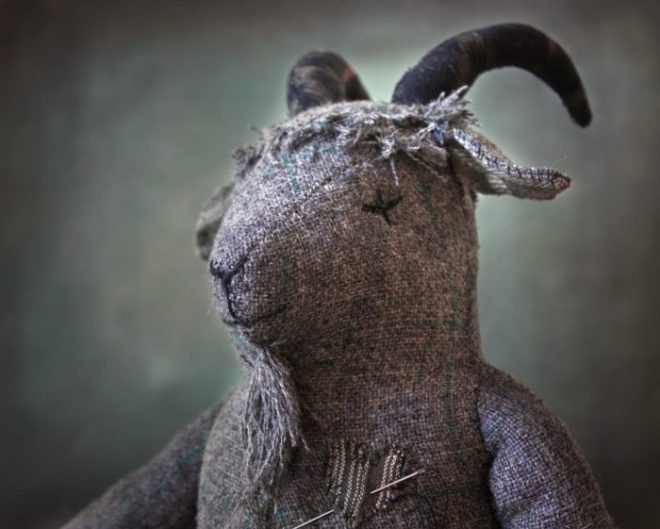This is a long post – with lots of dolls in it.

The details make me happy. The tiny details. Stitching the feathers and flourishes to his hat and the medals to his coat. I’ve been looking forward to those tiny medals since starting him. They are pretty much why I made him.
A note on his fancy hat – I’ve just learned it’s a Bicorne – that is what the Napoleon-ish hats are called. Now you know – in case it comes up. Let’s talk about the coat. It has a real working, very tiny, button and button hole. It is my first. It might be my last. But I do love it. I am turning him into a sewing pattern and the coat will be included – it’s very easy to make.
And I sure do love a front bustle. It looks so pretty on the hem and reveals a scandalous amount of leg.
I wonder what they talk about……. Lots of progress was made this week on the rag doll pattern. I’m planning on including a basic body, a clever and easy hair method and options for stockings, underthings and a skirt and, of course, the nude option.
Speaking of nude, I made Nora a frothy negligee – so when she wanders the moors in the mist she is not quite so entirely naked.
And finally dear mrs. spots. With lots of details, all her necessities. You can find more about how to make her wardrobe here.



























































































